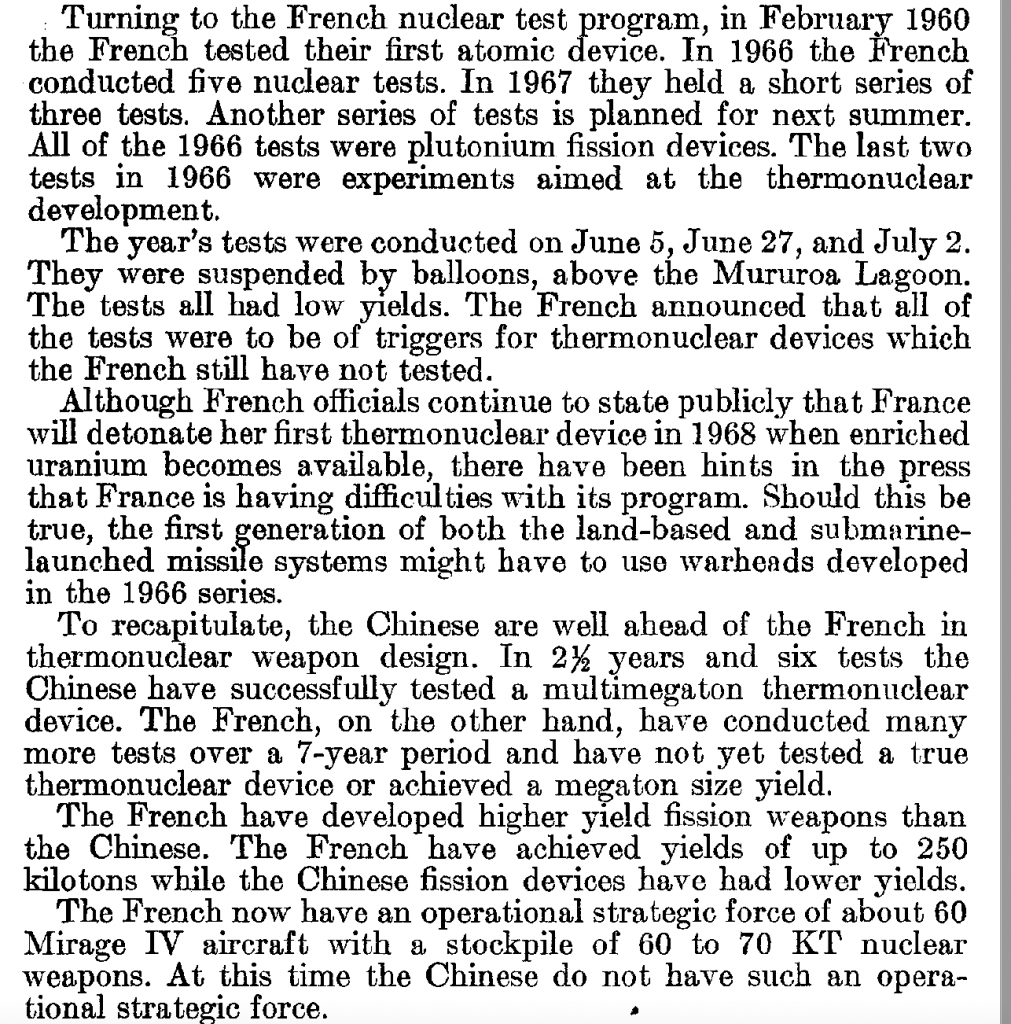During a September meeting of the Conference on Disarmament, Iran blocked observer status for several countries. When it came to Yemen’s status, there were technical difficulties. To wit:
The President: We will now decide on the request from Yemen. May I take it that the Conference on Disarmament decides, in accordance with its rules of procedure, to accept this request to participate in its work?
It was so decided.
The President: I welcome these non-member States to the session of the Conference on Disarmament.
Iranian Ambassador Azadi then reiterated an objection that no one had noticed.:
Mr. Azadi (Islamic Republic of Iran): Thank you, Mr. President. I wonder whether you were able to hear my previous interventions. I requested that the list of the new requests be considered one by one, as has been the practice in the past.
The President: Yes, we heard that statement, and that is what we did. We first took Singapore – there were no objections – and then we took Yemen, and again there were no objections.
It seems that you were not able to follow that. Can you confirm?
After explaining Iran’s view concerning Yemen’s participation, the ambassador concluded that “My delegation is not in a position to endorse this request.” But the CD President faced a dilemma:
Well, I have a problem now, because we have already adopted the decision. I gavelled the request from Yemen. I asked whether there were any objections, and I paused quite a long time, because I was indeed expecting some reaction from the Islamic Republic of Iran, but there was not one.
I understand you are having technical problems and probably did not hear my question, so this is a bit of a difficult situation, but I think everyone understands that there are technical difficulties. I would thus ask for everybody’s understanding and suggest that we go back to this request from Yemen. I will ask again whether the Conference on Disarmament decides to accept these requests to participate in our work in accordance with the rules of procedure.
Bottom line: Iran objected again and Yemen din’t get observer status.




